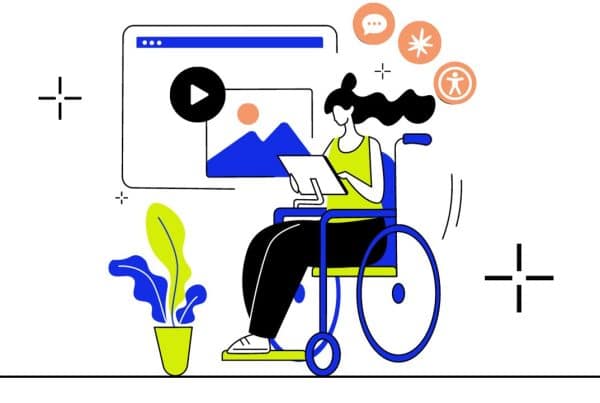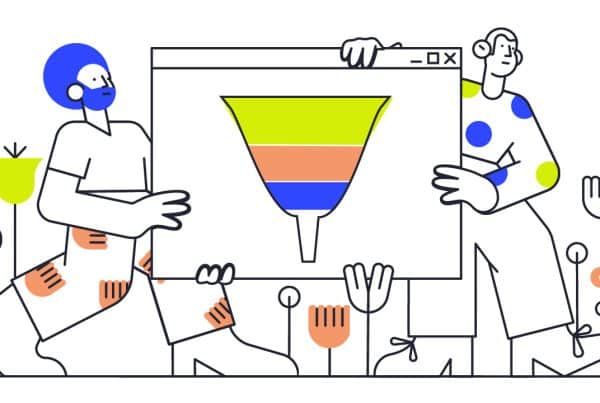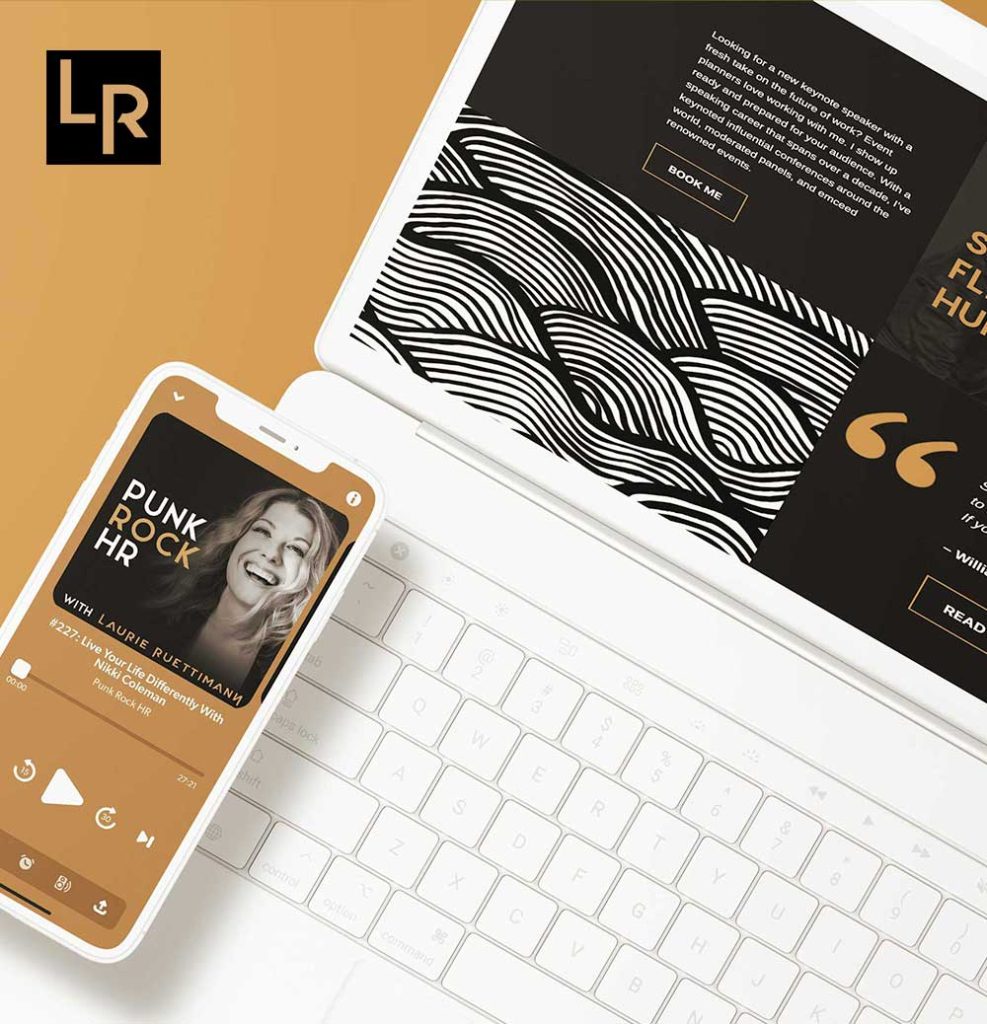Are the proposals you have gotten for website design really offering the same scope of work and service level?

Two fresh and healthy red and green apple are isolated on dark background. One red apple is on second apple.
In the digital age, a compelling online presence is paramount for businesses and individuals alike. When seeking to overhaul or create a new website, comparing website design proposals is a crucial step. However, amidst the technical jargon and flashy visuals, there are often hidden aspects that can significantly impact the success of your project.
1. Understanding the Scope of Work
One of the most common pitfalls is overlooking the project scope. Ensure that the proposal clearly outlines the project’s objectives, features, and functionalities. Clarify any ambiguities to prevent misunderstandings later on.
2. Comprehensive Timeline
A visually appealing website delivered on time is essential for meeting business goals. Scrutinize the proposed timeline to ensure it aligns with your expectations. Delays can have cascading effects on marketing strategies and overall business plans.
3. Responsive Design and Cross-Browser Compatibility
In an era of diverse devices and browsers, a website must be responsive and compatible across various platforms. Confirm that the proposal addresses the importance of responsive design and cross-browser compatibility to ensure a seamless user experience.
4. Content Management System (CMS) Flexibility
A flexible and user-friendly CMS is vital for ongoing website management. Evaluate the proposed CMS and ensure it aligns with your team’s skills and requirements. A well-chosen CMS contributes to long-term scalability and ease of content updates.
5. SEO Integration
A visually stunning website is only effective if people can find it. Look for SEO strategies in the proposal, including keyword optimization, meta tags, and mobile optimization. A well-optimized website enhances visibility and drives organic traffic.
6. Scalability and Future-Proofing
Consider the future growth of your business. The proposal should discuss how the website can scale to accommodate increased traffic and additional features. Future-proofing your website ensures that it remains relevant and effective as your business evolves.
7. User Experience (UX) and User Interface (UI) Design
Beyond aesthetics, UX and UI are critical elements in ensuring user satisfaction. Evaluate the proposal’s approach to user experience, including navigation, accessibility, and overall usability. A well-designed UX/UI enhances engagement and encourages return visitors.
8. Security Measures
With cyber threats on the rise, security should be a top priority. Ensure that the proposal outlines robust security measures, including SSL certification, regular updates, and data encryption. A secure website protects both your business and your users.
9. Post-Launch Support and Maintenance
The journey doesn’t end at the website launch. Assess the proposal for post-launch support and maintenance plans. A reliable support system ensures quick resolution of issues and keeps your website running smoothly.
Conclusion
Comparing website design and development proposals goes beyond the surface level. By delving into these often-overlooked aspects, you can make an informed decision that aligns with your business goals. Remember, a well-executed website is not just a digital presence; it’s a powerful tool that propels your business forward in the competitive online landscape.















